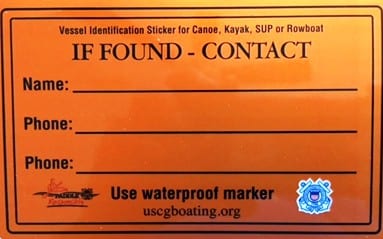
Beyond the Blueprint: Unveiling Hidden Potential in Free Wooden Boat Plans
Free wooden boat plans offer a fantastic starting point for aspiring boat builders, but they often feel like a rigid framework, limiting creativity. This review explores the often-overlooked aspects of modifying these plans, offering fresh perspectives for hobbyists, professionals, and educational institutions alike. We’ll move beyond simple dimension changes and delve into the nuanced art of personalized boat design.
Rethinking the Fundamentals: Beyond Simple Scaling
Most tutorials focus on scaling â€" enlarging or shrinking plans. But what about radical reinterpretations?
Q: Can I transplant design elements from one free plan to another?
A: Absolutely! Imagine combining the elegant lines of a classic dory hull with the robust construction of a sturdy rowboat. This requires a deep understanding of boat design principles, but it's achievable. You’ll need to carefully analyze the structural integrity of each component before merging them. This necessitates a good grasp of hydrostatics and naval architecture principles (available through online resources like the International Boatbuilding Association and various university maritime engineering programs).
Q: How can I incorporate modern materials while respecting the plan’s essence?
A: Think beyond traditional wood. Consider using epoxy composites for added strength and durability in specific areas, while retaining the aesthetic appeal of the wooden hull. This approach minimizes weight, increases longevity, and reduces maintenance. Look into resources from West System Epoxy or similar manufacturers for guidance on combining wood and composites.
The Art of Subtle Modification: Maximizing Impact with Minimal Changes
Sometimes, the most striking transformations are born from subtle adjustments.
Q: How can I personalize the deck layout without compromising stability?
A: Instead of wholesale changes, focus on small details. A redesigned seating arrangement, a cleverly integrated storage compartment, or a subtly altered cockpit shape can drastically improve functionality and personal comfort. Remember to calculate the weight distribution carefully to avoid compromising stability, utilizing free online stability calculators or consulting basic naval architecture guides.
Q: Can I adapt a plan for a different propulsion system?
A: Converting a rowing boat plan to accommodate an electric outboard motor, for example, presents exciting possibilities. This requires careful consideration of weight balance, power requirements, and mounting locations. Thorough research into electric outboard motor specifications is crucial here, as is understanding the boat's load capacity to ensure safe operation.
Real-World Examples: Learning from Others' Successes (and Failures)
Learning from experience is invaluable. Let's look at a couple of real-world scenarios:
Story 1: A hobbyist successfully adapted a simple dinghy plan, adding a small cabin using readily available plywood and fiberglass. He meticulously calculated weight distribution and ensured proper ventilation to prevent rot. The result: a cozy, functional little sailboat that exceeded his expectations.
Story 2: Another builder attempted to significantly enlarge a kayak plan without proper structural recalculations. The result was a flimsy, unstable craft. This highlights the critical importance of understanding the underlying principles of boat design before embarking on significant modifications.
These stories emphasize the need for careful planning, accurate calculations, and a deep understanding of boatbuilding principles. Don't be afraid to experiment, but always prioritize safety and structural integrity.
Conclusion: Embracing the Unexpected
Modifying free wooden boat plans is not merely about scaling; it's about transforming a template into a unique, personalized vessel. By understanding the underlying principles and embracing creative problem-solving, you can unlock the hidden potential within those seemingly simple blueprints. The journey of modifying a boat plan is as rewarding as the finished product itself.











